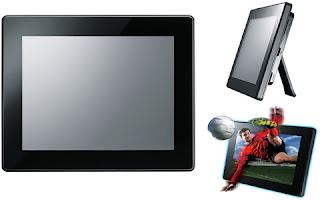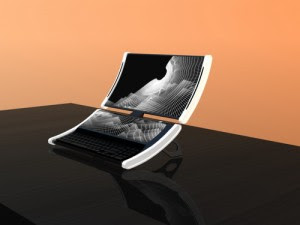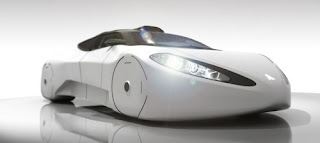Announced this morning in the USA, the LUMIX 3D1, is Panasonic first compact 3D camera. Schedule for a launch in North America this December at 499.99 USD, the LUMIX 3D1, comes with a 12,1Mpix Sensor, shoot AVCHD Video in Full HD in either 2D or 3D in 60i, comes with a 4x optical Zoom, a 3.5” touchscreen, support SD, SDHC and SDXC Cards as well as featuring 70MB of internal memory.
SECAUCUS, NJ (November 7, 2011) – Panasonic today announced the LUMIX DMC-3D1, a cutting-edge digital camera that employs two newly-developed lens units with folded optics design in a stunningly compact body that can capture crisp and clear 3D and 2D photos and videos. The LUMIX 3D1, with a twin-lens design, features 25mm ultra-wide angle lenses with 4x optical zoom that offer the outstanding capability to record high resolution 8-megapixel 3D photo and 1920×1080 60i high quality 3D HD video using side-by-side method. The LUMIX 3D1’s optics give users a wider range of composition possibilities with approximately 169% larger viewing space compared to that of 35mm cameras.
Featuring a unique shooting option, the new twin-lens system allows the LUMIX 3D1 to capture 2D images and video simultaneously. The LUMIX 3D1 can shoot 12-megapixel 2D photos and record 1920x1080i full HD 2D videos. In conventional standard digital compact cameras, users must shoot in either photo or video mode and when photo mode is selected, video recording is interrupted. The twin-lens design of the LUMIX 3D1 breaks through these conventional barriers with two separate mechanisms for image capturing, allowing for dual shooting capabilities. Additionally, the two-lens design allows users to record photo or video in different angles of view simultaneously. For example, users can record an entire party scene with one lens while zooming in on and capturing the photo of a specific person with another lens. Users can easily switch between 2D and 3D mode with the dedicated 2D/3D switch conveniently located on the back of the camera.
“Panasonic continues to lead the industry in 3D entertainment, giving consumers the opportunity to create their own content and then view it within their homes, and the new LUMIX 3D1 is an innovative digital camera that excels with its 3D imaging technologies, but also offers outstanding 2D photo capture options,” said Darin Pepple, Senior Product Manager, Imaging, Panasonic Consumer Electronics Company. “With its twin-lens design, the LUMIX 3D1 can even shoot HD video through one lens and 2D photos from the other – thus getting still and moving content simultaneously, a unique shooting feature which Panasonic provides so users can stretch their creativity.”
Featuring a unique shooting option, the new twin-lens system allows the LUMIX 3D1 to capture 2D images and video simultaneously. The LUMIX 3D1 can shoot 12-megapixel 2D photos and record 1920x1080i full HD 2D videos. In conventional standard digital compact cameras, users must shoot in either photo or video mode and when photo mode is selected, video recording is interrupted. The twin-lens design of the LUMIX 3D1 breaks through these conventional barriers with two separate mechanisms for image capturing, allowing for dual shooting capabilities. Additionally, the two-lens design allows users to record photo or video in different angles of view simultaneously. For example, users can record an entire party scene with one lens while zooming in on and capturing the photo of a specific person with another lens. Users can easily switch between 2D and 3D mode with the dedicated 2D/3D switch conveniently located on the back of the camera.
“Panasonic continues to lead the industry in 3D entertainment, giving consumers the opportunity to create their own content and then view it within their homes, and the new LUMIX 3D1 is an innovative digital camera that excels with its 3D imaging technologies, but also offers outstanding 2D photo capture options,” said Darin Pepple, Senior Product Manager, Imaging, Panasonic Consumer Electronics Company. “With its twin-lens design, the LUMIX 3D1 can even shoot HD video through one lens and 2D photos from the other – thus getting still and moving content simultaneously, a unique shooting feature which Panasonic provides so users can stretch their creativity.”








 5:49 AM
5:49 AM
 Unknown
Unknown























